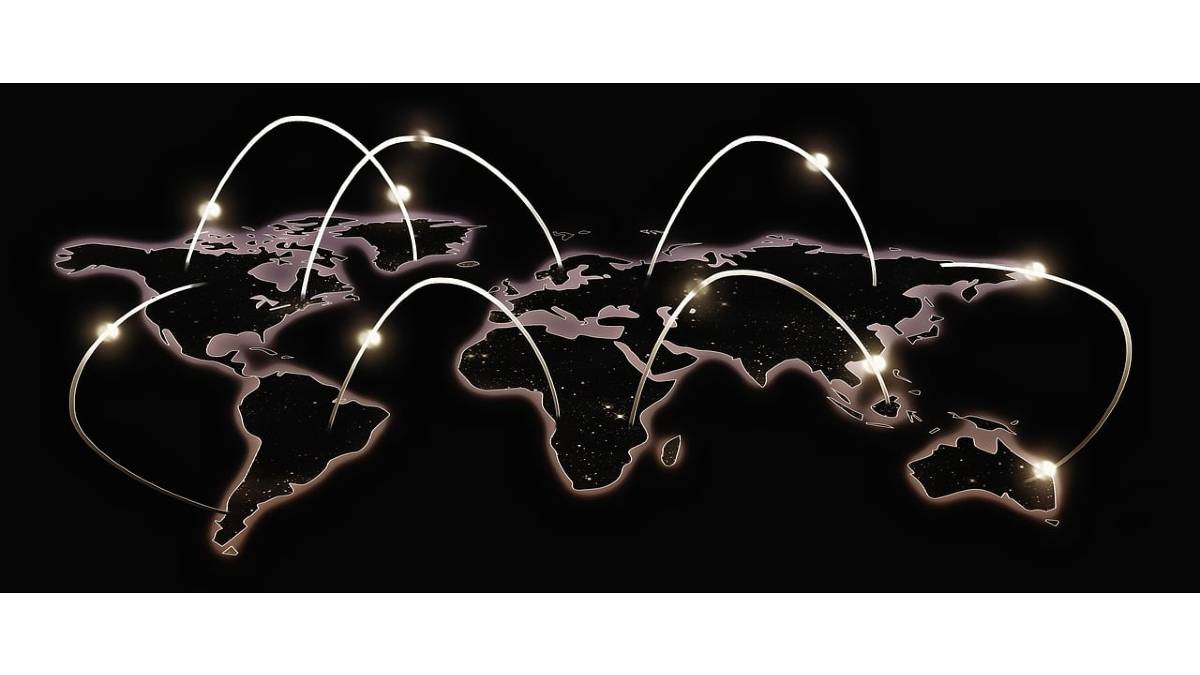Latin America. Every four years, sports enthusiasts around the world feel extreme excitement and passion for a particular sporting event the World Cup. While some fans are lucky enough to support their national teams in person, many must show their support from a distance.
Thanks to the high-performance networks that have been preparing for years to operate smoothly and reach all corners of our region, fans from their homes can watch each game without missing the "goals" of stars such as Lionel Messi or Cristiano Ronaldo.
Compared to the 2018 World Cup, this year's event will feature two key differences that will make it a unique experience for all spectators, whether from home or in person: the arrival of 5G and the exponential increase in the capacity of the submarine cabling system. Over the past four years, networks have transformed to reach blazing-fast speeds of up to 800Gb/s per channel, up from 400Gb/s at the 2018 World Cup. When the event opens at Al Bayt Stadium on November 20, more than 40% of the predicted 5 billion viewers will be connected to streaming services through their smart TVs, tablets, computers and smartphones. The performance of the net will allow them to see each of the goals of their favorite players on the field in near real time.
A ball that rolls across the bottom of the sea
According to TeleGeography, in the last four years, the capacity of data transport by submarine cables in Latin America has increased at a rate of 30% per year due to the arrival of 19 cable systems. This is important because more than 95% of global connectivity relies heavily on the more than 400 submarine cables currently in operation, stretching over more than 1.3 million kilometers.
To better understand the critical role undersea cables play for our region, let's dive into the journey the data will take from Qatar. When the cameras record the first goal of the match, the captured video, replays, audio and statistics, these are transmitted to the data centers in a matter of milliseconds to be processed. This data is then forwarded to a nearby submarine cable landing station to eventually end up being transported via a high-capacity transatlantic submarine cable to Latin America. Then they cross the terrestrial networks until they reach the nearby data centers in the region that send that first "golazo" to the devices of each of the spectators.
The evolution of network technology makes possible a better overall quality of the consumer experience. The sector – cable and network operators, as well as Internet and content providers – in Latin America has been preparing its networks for significantly higher demand for data, enabling a better viewing experience. Demand for data transport with higher capacity and lower latency will continue to increase across the continent for major events such as the World Cup and Olympic Games, as well as the continued increase in everyday use of the Internet and streaming services.
The future of the World Cup
According to GSMA, in terms of connectivity, Qatar is in a very good position, as it is one of only six countries where 5G covers more than 80% of the population. While this means the country has the infrastructure in place to give visitors high-speed, high-capacity internet access, it also means we'll see, for the first time, how new technology will enhance the World Cup viewing experience. In addition, according to Digital TV Research, video-on-demand subscribers are expected to increase from 42 million in 2016 to 116 million in 2026. Therefore, companies across the region are starting to invest in the technology needed to use virtual experiences, such as the metaverse, which will change the world of sports.
With the upcoming World Cup to be held in Mexico, Canada and the United States in 2026, the technological advances ahead are exciting for the Latin American region. Looking ahead to the future of the network, the 2026 World Cup is expected to be the first year in which fans can enjoy the World Cup in a different way by being fully immersed in the metaverse.
Although some fans will not be able to attend a live match in Qatar, in a few years, new technologies, along with the widespread adoption of 5G and the increased capacity of submarine cables, will help replicate the feeling of being in the stadium from the comfort of their own sofa. It will be a milestone for an event of this magnitude.
Text written by Carlos Hernández, Senior Director of Regional Sales at Ciena.


























Leave your comment